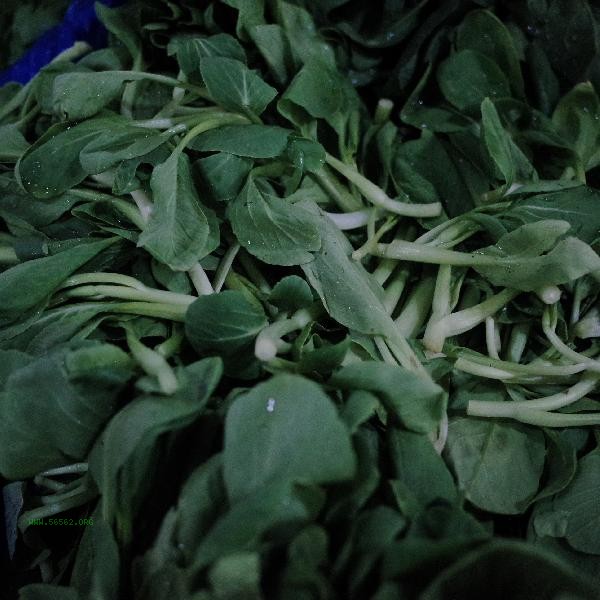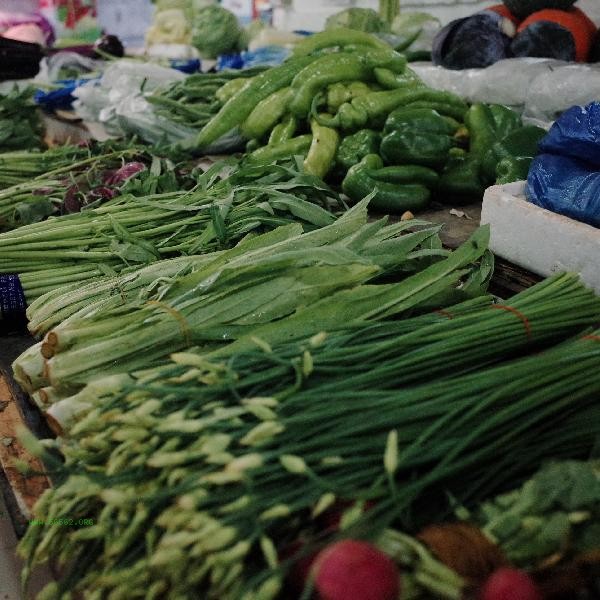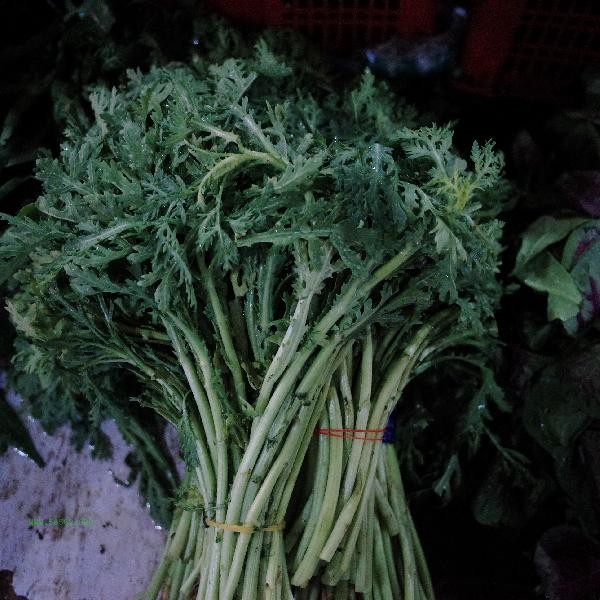Whether vegetables are ripe can be judged by observing characteristics such as darkening color, softening texture, shrinking volume, fragrant aroma, and easy stem breakage. During the heating process, chlorophyll decomposition in green vegetables can cause the color to change from fresh green to dark green or olive green, and the astringency disappears. Lightly poking the stem with chopsticks can easily penetrate without a hard core, and the cell wall of the leaf softens and becomes translucent when heated. When stir frying, the volume shrinks to about two-thirds of its original size, and the high temperature causes the cell water to evaporate, resulting in slight collapse. Fresh vegetables will release a plant fragrance when heated, and if they turn yellow or have a strange smell, they may be overcooked. Stem vegetables such as oilseed rape can easily break their roots without any fiber sensation, while leafy vegetables such as spinach have wrinkled leaves that stick to the bottom of the pot. Underheated vegetables retain their grassy flavor and have a crisp texture when chewed, and there may be a white hard core in the center of the stem. Some varieties, such as soybean sprouts, need to be thoroughly cooked to destroy the toxicity of saponins. When the buds of broccoli become soft and brightly colored, it is considered ripe. Frozen vegetables are more easily cooked due to the destruction of cell structure, so the heating time needs to be shortened to avoid softening and rotting. Root and stem vegetables such as celery require prolonged cooking to soften the coarse fibers, while tender leafy vegetables such as chrysanthemum can be quickly blanched to maintain their crispness and tenderness.

It is recommended to prioritize using high heat stir frying or boiling water blanching when cooking to preserve nutrients and avoid prolonged high temperature damage to vitamin C. Different varieties have significant differences in maturity characteristics, which can be confirmed by tasting. Overnight vegetables should be thoroughly reheated to a center temperature exceeding 70 degrees Celsius to kill bacteria. For those with gastrointestinal allergies, it is important to ensure that the vegetables are fully cooked before consumption. Reasonably controlling the heat can ensure safety and maintain the optimal taste and nutritional value of vegetables.










Comments (0)
Leave a Comment
No comments yet
Be the first to share your thoughts!